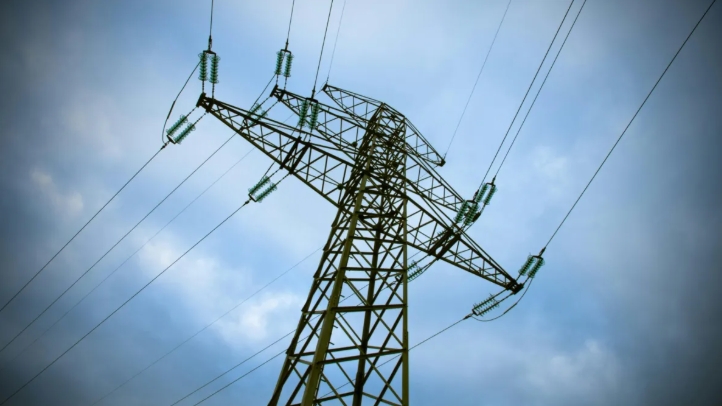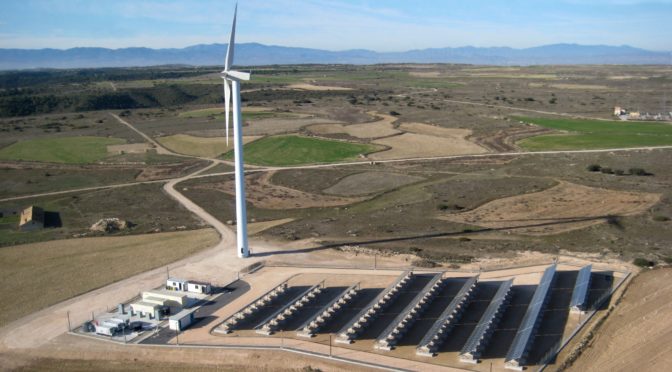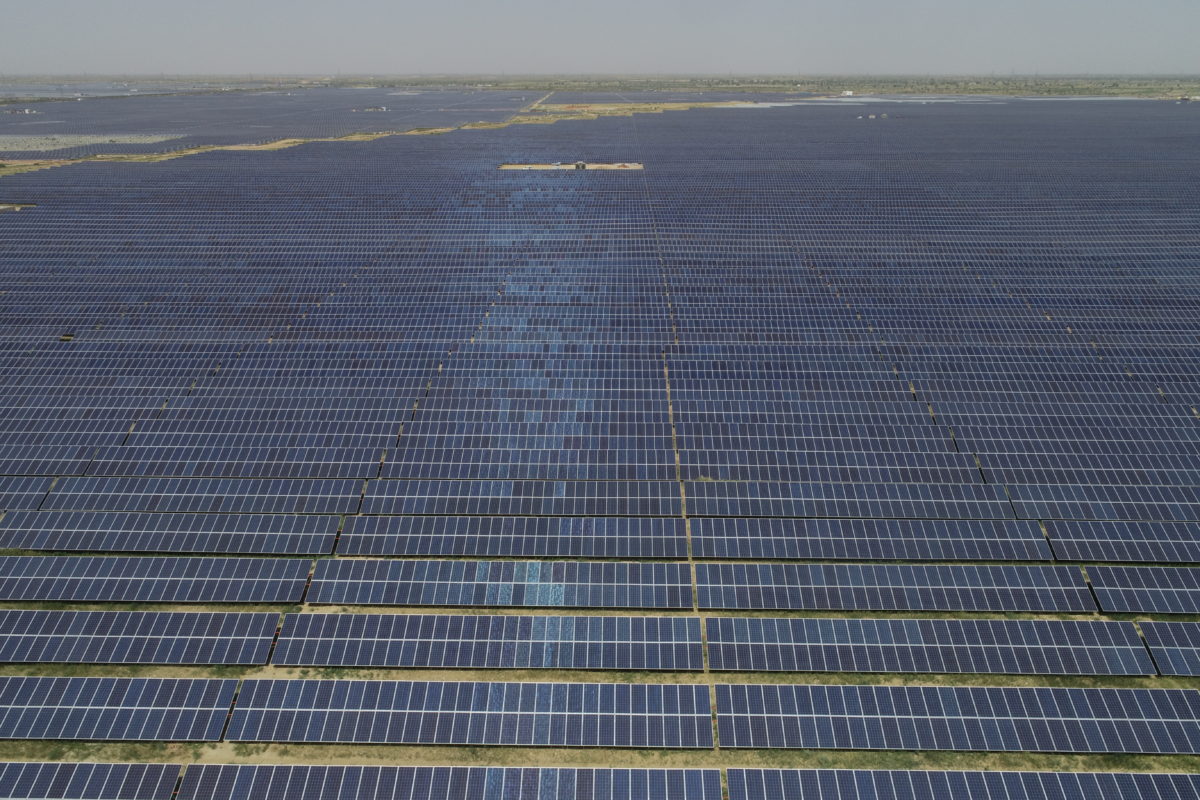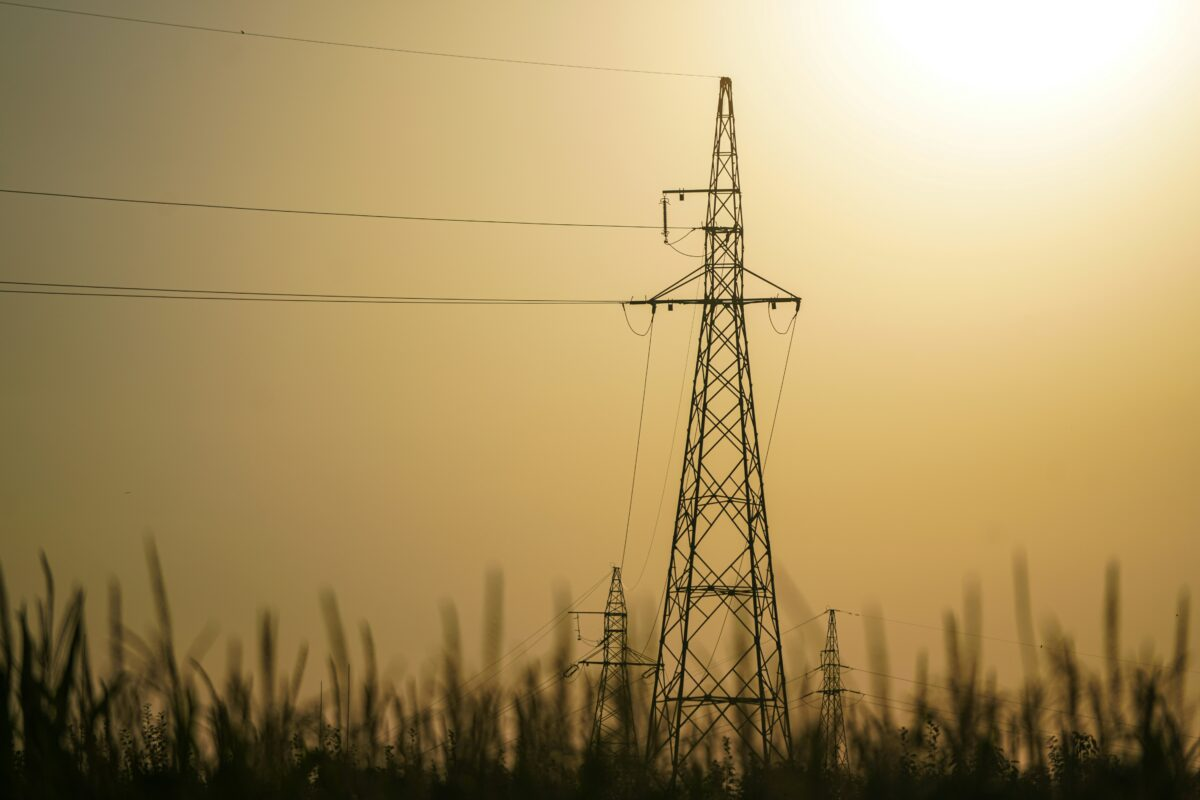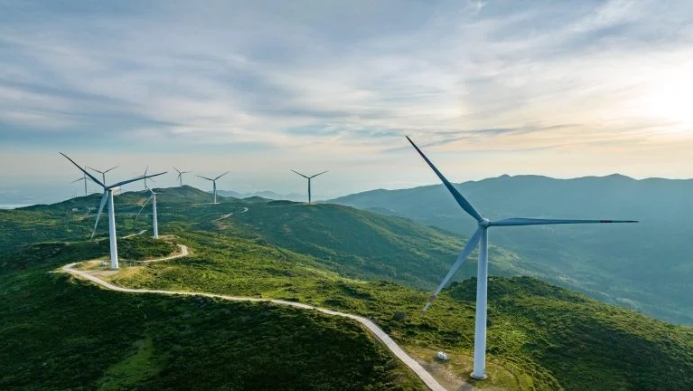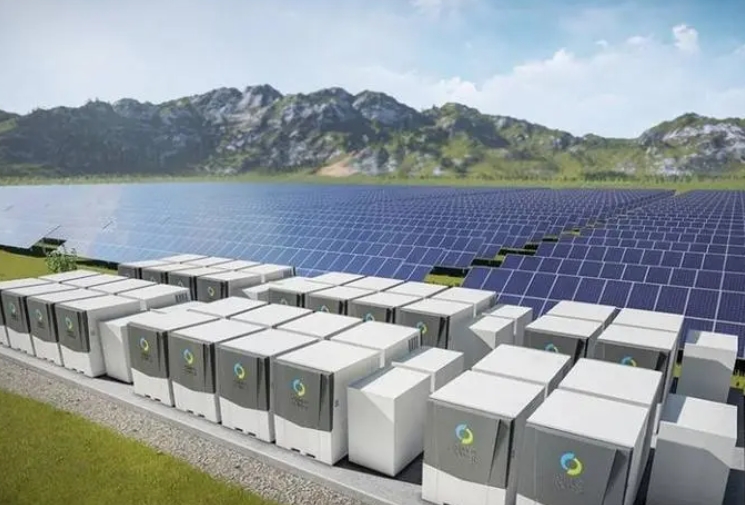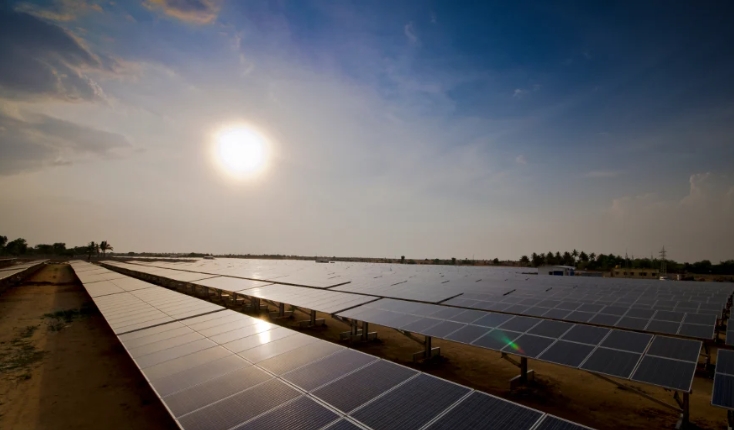The mechanism can be implemented in any location (plains, desert or sub-zero climate). It uses locally available materials like sand and industrial waste such as coal-ash or construction waste as payloads and relies on artificial inclinations of about 20 meters to 40 meters head height to lift sand from the lower station to the upper station and store energy as potential energy. The energy is released when sand is lowered when needed.
“Our proprietary gravity-based storage design [using sand] allows for efficient energy storage and discharge,” Dishant Mishra, the CEO at Baud Resources, told pv magazine. “The mechanism is ideal for long-duration storage and offers cost-effective electricity and high round trip efficiency.”
The startup’s upcoming commercial plant, to be announced this year, will offer 100 MWh of capacity and a levelized cost of storage of around INR 2.5/kWh.
The system is based on a circular economy principle where it uses locally available sand (sourced from the site itself or nearby) and/or industrial waste like coal bottom ash from thermal power plants as payload. The height differential of 20 meters to 40 meters is achieved by excavation and reclamation at the site. Continuous mass flow ensures uniform load distribution, mitigating concentrated loading issues seen in block-based gravity storage designs.
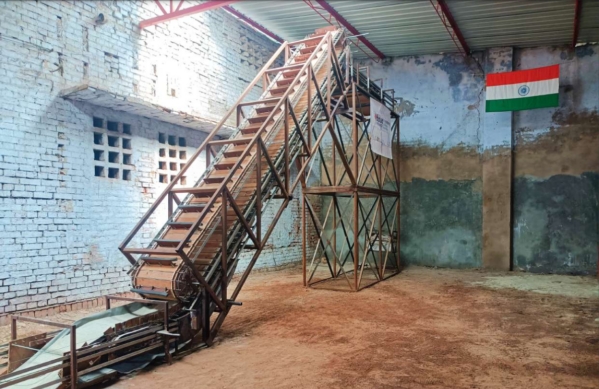
Gravity storage mechanism Image: Baud Resources
The technology is light and movable load transfer engineering, which works between the two stations. It does require any permanent steel support structures to hang the payload. This gives Baud’s design an advantage to deliver massive plants at much lower cost than other gravity candidates. Compared to pumped hydro storage, the gravity storage design also allows co-location with existing solar and wind plants. It can be delivered at places with scarce water sources or sub-zero climates, where pumped hydro storage may not be a feasible or efficient option.
“With a goal of 500 GW renewable capacity by 2030, the demand for storage is set to rise. The energy storage market in India is projected to reach 350 GWh by 2030,” said Mishra. “Despite efforts in pumped hydro storage and battery energy storage, a 150 GWh deficit is expected by 2030. We aim to fill this gap with our gravity energy storage system, projecting 20 GWh to 40 GWh capacity by 2030.”
Mishra added that it is targeting early adopters by initially offering small-scale plants, then expanding to 5 GWh to 10 GWh projects for greater profitability. Its turnkey energy storage solutions are geared toward large-scale Indian renewable operators, with future plans to expand into the EU, US, and MENA markets.
Mishra said the gravity platform also consumes less land than current on-ground solar installations on a per megawatt basis.
“Co-location with solar further adds a different dimension, as gravity application can directly admit DC power for charging from the solar panels while returning AC to the power grid using dual drive motor generators, thus eliminating inverter and its losses,” he added. “This translates to a higher round trip efficiency and lower capex for integrated renewable projects.”
Baud Resources successfully completed its field demo project at IIT Kanpur in November 2023. Following this achievement, it secured funding from Skoda Auto to support its ongoing and upcoming demo projects.
“Looking ahead, we are poised to announce our inaugural commercial plant by the end of this calendar, with completion expected in 2025,” said Mishra. “Additionally, we are actively engaging with two prominent customers, to further strengthen our market presence.”
